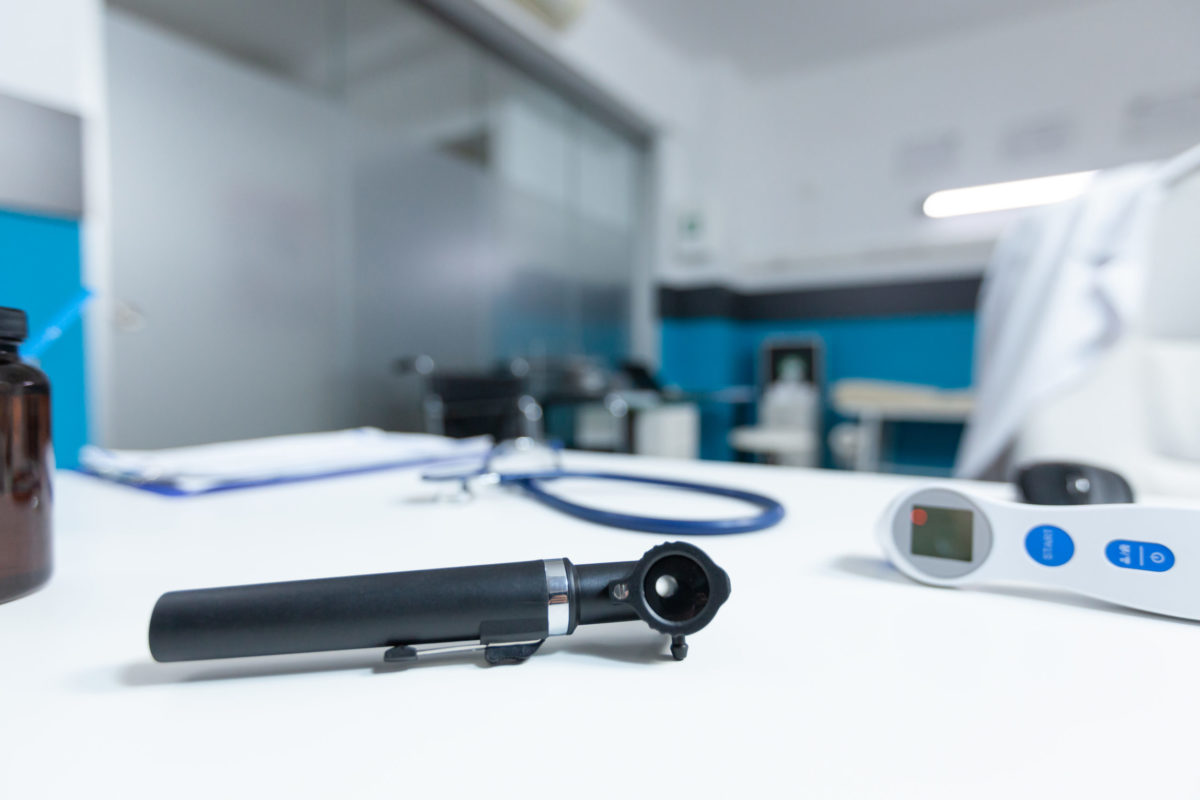In a time when infectious diseases are rapidly changing the healthcare landscape, it is more important than ever for your facility to have plans in place to prevent the spread of infection. According to the Centers for Disease Control and Prevention (CDC), on any given day, about one in 31 hospital patients has at least one healthcare-associated infection. Your processes and procedures must help reduce healthcare-associated infections (HAIs) and not contribute to them.
There are important cost-effective steps healthcare providers can take to help prevent the spread of infection in their facilities, ultimately reducing health risks and saving time and money for all.
#1 – Establish cleaning and disinfection procedures
Establish policies and procedures for routine cleaning and disinfection of environmental surfaces in its facilities. These policies and procedures must address prompt and appropriate cleaning and decontamination of spills of blood or other potentially infectious materials in addition to routine cleaning. Also, pay special attention to frequently touched surfaces in the patient care environment, such as insurance cards, pens, handheld devices, stethoscopes, doorknobs, tables, side chairs and floors.
In addition, procedures should include scrubbing to remove visible soil and pathogens while utilizing the appropriate detergent or approved chemical agents.
#2 – Educate staff
Once policies and procedures for infection prevention have been established, conduct ongoing job-specific education and competency-based training for healthcare personnel. This is critical for ensuring infection prevention policies and procedures are understood and followed. In addition, it’s best practice to assign appropriately trained healthcare personnel to monitor these procedures.
Conduct training at the time of hire, annually, and on an ongoing basis as policies and procedures change. It’s also important to educate staff as new guidelines are released from the Centers for Disease Control and Prevention. Verify staff competency, and document it after each training session.
#3 – Select exam room equipment that makes cleaning and disinfection easy
One of the best ways to help prevent the spread of infection in your facility is to purchase exam room equipment that allows staff to quickly and efficiently perform both routine cleaning and spill decontamination. Exam tables, side chairs, stools and other equipment should be easy to move and disassemble to provide the ability for thorough cleaning and disinfection on, around and under those items.
Recent studies show shoe soles can be a vector for infectious pathogens so cleaning all surfaces, including floors, is critical. Furthermore, equipment should be seamless and approved for cleaning and disinfection with standard hospital-grade solutions and wipes.
#4 – Educate patients
It’s critical to educate patients on how to prevent the spread of infection. Start with the basics – hand washing, sneezing into their elbow, wearing a mask, etc. Reinforce what they may already know. In addition, if the patient has a wound, had a procedure done or is receiving treatments for a medical condition, educate them regarding signs and symptoms of infection associated with their condition.
Similarly, educate them on how to care for their wound or condition and on what to expect throughout the healing process. This will help them feel more comfortable differentiating between the normal healing process and what may be cause for concern.
Furthermore, help the patient feel comfortable asking questions about their particular situation. Let them know it’s normal to feel nervous or intimidated. Because the more questions they ask, the more comfortable they will feel in identifying a cause for concern.
Lastly, instruct the patient on how to notify the facility if signs and symptoms of infection occur.
Educating and empowering patients to actively participate in their care can help reduce a patient’s risk of HAIs. As a result, it may prevent the spread of infection to other patients and even staff.
#5 – Implement respiratory secretions precautions
Implement measures to contain respiratory secretions in patients and visitors who have signs and symptoms of infections. This should begin upon entry to the facility and continue throughout the duration of the visit.
Many facilities provide accommodations for individuals with symptoms of respiratory infection, including offering masks, hand sanitizer, tissues and no-touch receptacles. Similarly, you can also post instructions for patients at the entrance of the facility.
Implementing infection prevention policies and procedures, no matter how small your facility may be, will help to reduce the spread of infection. In addition, it will give you peace of mind, knowing you have done your part to prevent other patients and staff from becoming infected and ultimately reducing HAIs for your facility.







